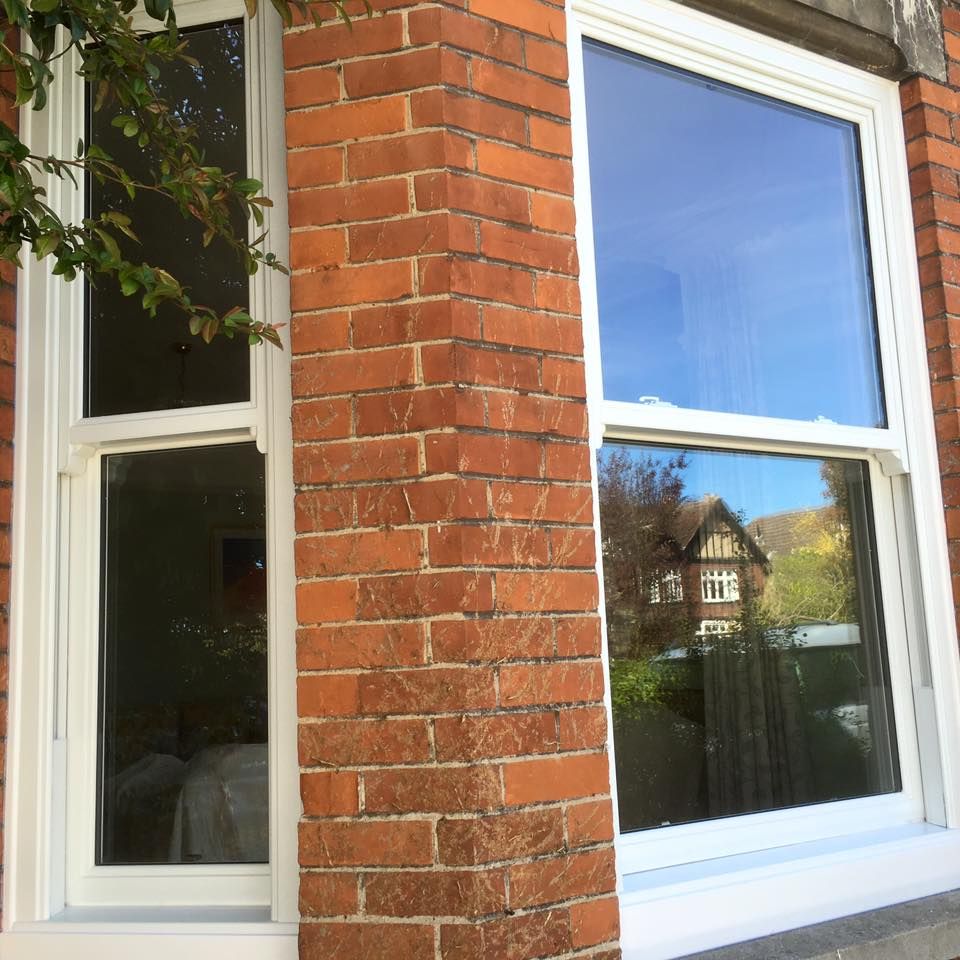We've a lot of large, original sash windows in our Victorian house. Typically the glazed area is about 3' wide by 6' high, each sash having 2 panes about 12x36 inches.
We're considering having at least some replaced with modern UPVC (while retaining others as features most likely) in order to get double-glazed, efficient windows as I understand any method of getting double-glazing into the existing frames is likely to cost more.
I'm unsure exactly which bits of the frame and sill would normally be removed though. You've got the window itself, then the recess is about 2" on all sides around that, presumably to house the sash mechanism mostly. Then the insides are panelled, with edging where the panelling meets the interior of the wall.
We're considering having at least some replaced with modern UPVC (while retaining others as features most likely) in order to get double-glazed, efficient windows as I understand any method of getting double-glazing into the existing frames is likely to cost more.
I'm unsure exactly which bits of the frame and sill would normally be removed though. You've got the window itself, then the recess is about 2" on all sides around that, presumably to house the sash mechanism mostly. Then the insides are panelled, with edging where the panelling meets the interior of the wall.



